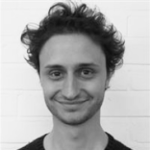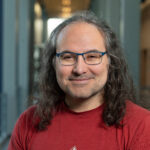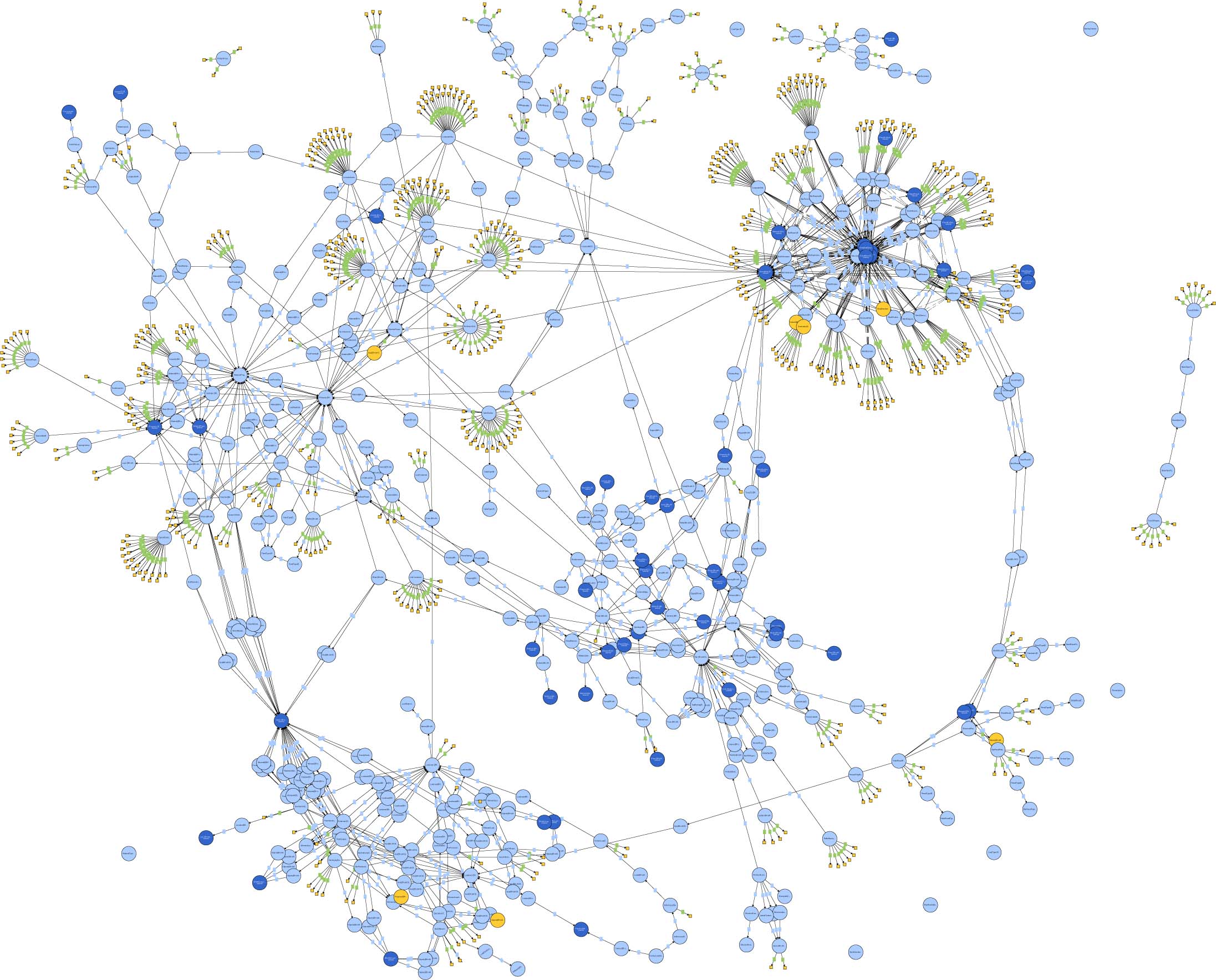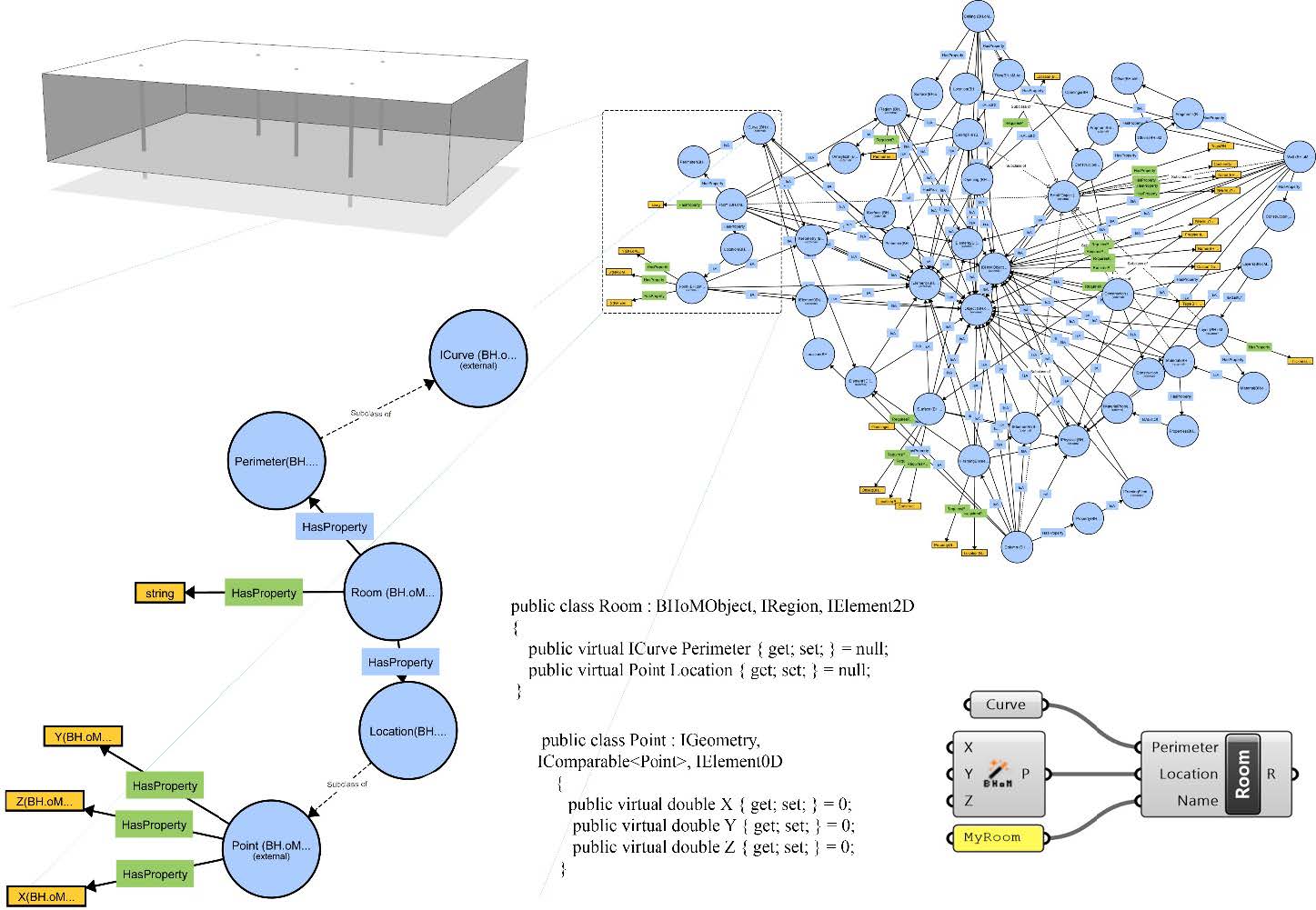
Description:
Required Skills: (1) Intermediate Grasshopper (preferred but not required: basic understanding of C#) or (2) good understanding of semantic web technologies, RDF data model and description logics. Please indicate your field of expertise on your application.
Required Software: Windows, Rhinoceros/Grasshopper, GraphDB, Slack
Required Hardware: PC or Laptop
Maximum number of participating students: 100
Co-designing a building requires multidisciplinary solutions. As a result, one physical object results in several disciplinary representations. However, the most critical decisions in building design are taken in the conceptual design phase. And they influence not only construction costs but also subsequent building energy use. Thus an integrative design approach must integrate data from multiple disciplines starting from the early design phases. The Industry Foundation Classes (IFC) data schema’s monolithic approach causes restrictions on how buildings can be represented and thus explored. By contrast, the open-source Buildings and Habitats object Model (BHoM) framework does not rely on a neutral format, but instead, it integrates many Architecture, Engineering & Construction (AEC) concepts across existing platforms, allowing multiple discrete disciplinary representations of buildings. On the other hand, Semantic Web technology remains one of the most promising solutions to share data and interoperate between heterogeneous systems. In this workshop, we showcase the introduction of semantic web standards to BHoM and provide this open-source tool to convert any BHoM data to RDF, the standard data model of the semantic web. The workflow of the workshop in mainly using grasshopper 3D and graph database explorers. We explore the power of the semantic web on building data, including inferential reasoning with description logic, data validation, and querying information from combined datasets. This workshop contains lectures and tutorial:
- “BHoM” Computational Development, Buro Happold, London
- “Semantic Web and Knowledge Graphs” by Prof. Dr. Steffen Staab, Cyber Valley Endowed Chair for Analytic Computing Institute for Parallel and Distributed Systems (IPVS), University of Stuttgart;
- “Co-design and data interoperability in the AEC Industry” by Diellza Elshani, research associate at the chair for Computing in Architecture (CA), Institute for Computational Design and Construction (ICD)
Furthermore, hands-on demonstration of the tool and tutored group work will be part of the workshop. Combined with Semantic Web standards, the BHoM framework can increase the use of knowledge graphs in the AEC industry by improving data interoperability and assisting design decisions through inferential reasoning. The workshop is open to academic researchers and industry professionals. We highly encourage computer scientist, and/or students with basic/medium knowledge on databases, semantic web technologies and description logic to join the workshop. Link to the required tools (we will go through them during the workshop too):
- download BHoM installer here: https://bhom.xyz/
- download GraphDB here: https://www.ontotext.com/products/graphdb/?ref=menu
- download Slack here: https://slack.com/downloads/
If you have any questions, please feel free to contact also in advance: diellza.elshani@icd.uni-stuttgart.de #KnowledgeGraphs #SemanticWeb #CoDesign #BIM #DataStucture #DataModel #RDF
Schedule:
timezone: (GMT +1:00) Brussels, Copenhagen, Madrid, Paris| Start time | End time | Description |
|---|---|---|
| 2022-06-27 - 12:00 | 2022-06-27 - 13:45 | Workshop Introduction |
| 2022-06-27 - 14:00 | 2022-06-27 - 15:00 | Lecture on BHoM |
| 2022-06-27 - 15:30 | 2022-06-27 - 16:30 | Demonstration : Technical Requirments |
| 2022-06-28 - 13:00 | 2022-06-28 - 16:00 | Demonstration and tutorials |
| 2022-06-28 - 16:00 | 2022-06-28 - 17:00 | Lecture on Semantic Web and Knowledge Graphs |
| 2022-06-28 - 17:00 | 2022-06-28 - 17:30 | Tutorial: Graph DB, SPARQL |
| 2022-06-30 - 10:00 | 2022-06-30 - 16:00 | Unsupervised Group Work |
| 2022-07-01 - 10:00 | 2022-07-01 - 12:30 | Group Work |
| 2022-07-01 - 12:30 | 2022-07-01 - 13:30 | Presentations |
Instructors:
 |
Diellza Elshani | Diellza Elshani is a research associate and doctoral candidate at chair for Computing in Architecture, Institute for Computational Design and Construction (ICD) at the University of Stuttgart. Her research targets the development of ontologies that enable data integration and usage of knowledge graphs in the Architecture, Construction and Engineering industry . She holds a Master of Science in Integrated Urban Development & Design from the Bauhaus University of Weimar and a Bachelor of Architecture from Mimar Sinan Fine Arts University in Istanbul. Before joining ICD, Diellza was a researcher at the City Intelligence Lab (CIL) of the Austrian Institute of Technology (AIT), focusing on cognitive urban design computing. |
 |
Alessio Lombardi | Alessio Lombardi is a Software Engineer with a background in Building Engineering/Architecture (MEng/MArch) and an MSc in Computer and Data science. Main areas of expertise: interoperability, backend engineering. Interested in Knowledge Graphs and applications to NLP and AEC. |
 |
Daniel Hernández | Daniel Hernández is a postdoctoral researcher in the Analytic Computing department of the Institute of Parallel and Distributed Systems at the University of Stuttgart. Previously, he was a postdoctoral researcher in the Computer Science Department at Aalborg University and worked at Millennium Institute Foundational Research on Data in Chile. He holds a Ph.D. in Computer Science from the Department of Computer Science at the University of Chile. He is interested in Open Data, databases, and the Semantic Web. |
 |
Thomas Wortmann | Dr. Thomas Wortmann is a Tenure-Track Professor for Computing in Architecture at the University of Stuttgart, Institute for Computational Design and Construction (ICD), and the Cluster of Excellence "Integrative Computational Design and Construction for Architecture". He develops computational design methods to support the development of resource and energy efficient buildings. Before, Thomas taught at National University of Singapore and held a position at Xi’an Jiaotong-Liverpool University in Suzhou, China. Among computational designers, he is known especially as the lead developer of Opossum, an award-winning, machine-learning based optimization tool that has been download over 5.000 times and is used by architects and engineers around the world. |
 |
Al Fisher | Dr. Al Fisher is the Head of Computational Development of Buro Happold. Since joining Buro Happold, he has led computational work on some of Buro Happold’s most iconic projects such as, Louvre Abu Dhabi and the London Olympic Stadium Transformation – projects that have demanded novel approaches to computation, optimisation and scripting to make them possible. Much of the work of Al and his team over recent years has focused on creating a globally accessible coding framework for mass participation in engineering tool development. This foundational work is enabling innovation across all of our multidisciplinary teams in performance driven design – tapping into Buro Happold’s collective expertise. |
 |
Steffen Staab | Steffen Staab holds a Cyber Valley endowed chair for Analytic Computing at the University of Stuttgart, Germany, and a chair for Web and Computer Science at the University of Southampton, UK. Steffen is a fellow of the European Association for Artificial Intelligence. His research interests range from knowledge graphs and machine learning to the semantics of human–computer interaction. He is co-director of the Interchange Forum for Reflecting on Intelligent Systems (IRIS) at the University of Stuttgart. |
Disclaimer:
All workshops will accept 100 applications MAX.



